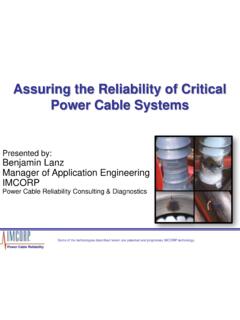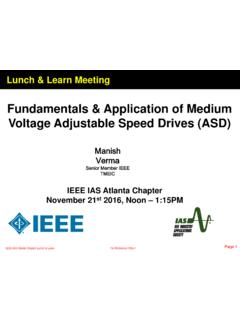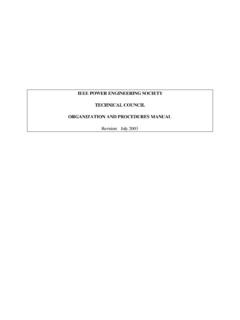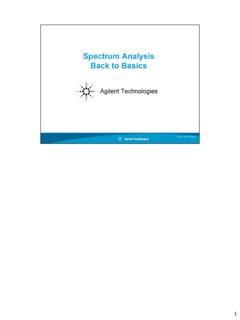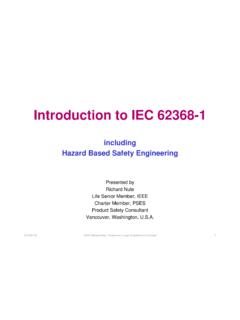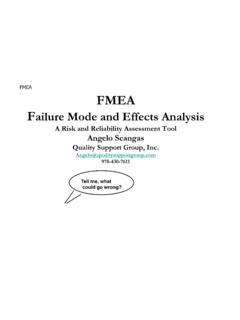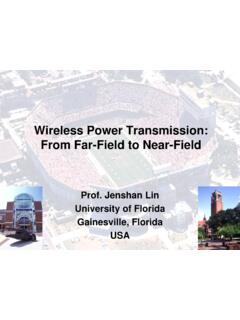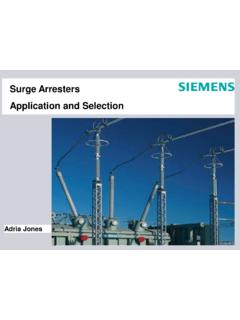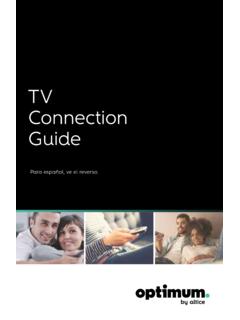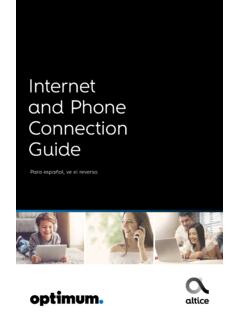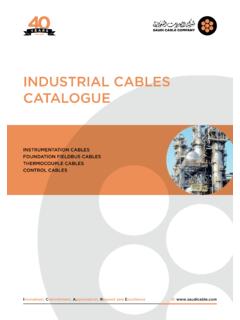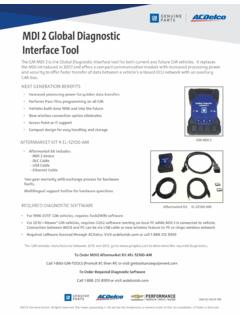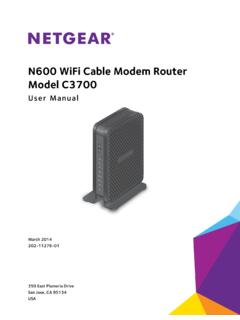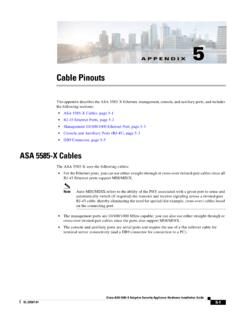Transcription of IEEE Guide for the Design and Installation of Cable ...
1 IEEE Std 525 -2007 (Revision of IEEE Std 525-1992/Incorporates IEEE Std 525-2007/Cor1:2008) IEEE Guide for the Design and Installation of Cable Systems in Substations Sponsor Substations Committee of the IEEE Power Engineering Society Approved 8 March 2007 IEEE-SA Standards Board Abstract: The Design , Installation , and protection of wire and Cable systems in substations are covered in this Guide , with the objective of minimizing Cable failures and their consequences. Keywords: acceptance testing, Cable , Cable Installation , Cable selection, communication Cable , electrical segregation, fiber-optic Cable , handling, power Cable , pulling tension, raceway, recommended maintenance, routing, separation of redundant Cable , service conditions, substation, transient protection _____ The Institute of Electrical and Electronics Engineers, Inc.
2 3 Park Avenue, New York, NY 10016-5997, USA Copyright 2008 by the Institute of Electrical and Electronics Engineers, Inc. All rights reserved. Published 2 April 2008. Printed in the United States of America. Figure was replaced as required by IEEE Std 525-2007/Cor1:2008. IEEE is a registered trademark in the Patent & Trademark Office, owned by the Institute of Electrical and Electronics Engineers, Incorporated. National Electrical Safety Code and NESC are registered trademarks in the Patent & Trademark Office, owned by The Institute of Electrical and Electronics Engineers, Incorporated. National Electrical Code and NEC are registered trademarks in the Patent & Trademark Office, owned by The National Fire Protection Association. PDF: ISBN 978-0-7381-5530-2 STD95629 Print: ISBN 978-0-7381-5529-6 STDPD95629 No part of this publication may be reproduced in any form, in an electronic retrieval system or otherwise, without the prior written permission of the publisher.
3 IEEE Standards documents are developed within the IEEE Societies and the Standards Coordinating Committees of the IEEE Standards Association (IEEE-SA) Standards Board. The IEEE develops its standards through a consensus development process, approved by the American National Standards Institute, which brings together volunteers representing varied viewpoints and interests to achieve the final product. Volunteers are not necessarily members of the Institute and serve without compensation. While the IEEE administers the process and establishes rules to promote fairness in the consensus development process, the IEEE does not independently evaluate, test, or verify the accuracy of any of the information or the soundness of any judgments contained in its standards.
4 Use of an IEEE Standard is wholly voluntary. The IEEE disclaims liability for any personal injury, property or other damage, of any nature whatsoever, whether special, indirect, consequential, or compensatory, directly or indirectly resulting from the publication, use of, or reliance upon this, or any other IEEE Standard document. The IEEE does not warrant or represent the accuracy or content of the material contained herein, and expressly disclaims any express or implied warranty, including any implied warranty of merchantability or fitness for a specific purpose, or that the use of the material contained herein is free from patent infringement. IEEE Standards documents are supplied AS IS. The existence of an IEEE Standard does not imply that there are no other ways to produce, test, measure, purchase, market, or provide other goods and services related to the scope of the IEEE Standard.
5 Furthermore, the viewpoint expressed at the time a standard is approved and issued is subject to change brought about through developments in the state of the art and comments received from users of the standard. Every IEEE Standard is subjected to review at least every five years for revision or reaffirmation. When a document is more than five years old and has not been reaffirmed, it is reasonable to conclude that its contents, although still of some value, do not wholly reflect the present state of the art. Users are cautioned to check to determine that they have the latest edition of any IEEE Standard. In publishing and making this document available, the IEEE is not suggesting or rendering professional or other services for, or on behalf of, any person or entity.
6 Nor is the IEEE undertaking to perform any duty owed by any other person or entity to another. Any person utilizing this, and any other IEEE Standards document, should rely upon his or her independent judgment in the exercise of reasonable care in any given circumstances or, as appropriate, seek the advice of a competent professional in determining the appropriateness of a given IEEE standard. Interpretations: Occasionally questions may arise regarding the meaning of portions of standards as they relate to specific applications. When the need for interpretations is brought to the attention of IEEE, the Institute will initiate action to prepare appropriate responses. Since IEEE Standards represent a consensus of concerned interests, it is important to ensure that any interpretation has also received the concurrence of a balance of interests.
7 For this reason, IEEE and the members of its societies and Standards Coordinating Committees are not able to provide an instant response to interpretation requests except in those cases where the matter has previously received formal consideration. A statement, written or oral, that is not processed in accordance with the IEEE-SA Standards Board Operations Manual shall not be considered the official position of IEEE or any of its committees and shall not be considered to be, nor be relied upon as, a formal interpretation of the IEEE. At lectures, symposia, seminars, or educational courses, an individual presenting information on IEEE standards shall make it clear that his or her views should be considered the personal views of that individual rather than the formal position, explanation, or interpretation of the IEEE.
8 Comments for revision of IEEE Standards are welcome from any interested party, regardless of membership affiliation with IEEE. Suggestions for changes in documents should be in the form of a proposed change of text, together with appropriate supporting comments. Comments on standards and requests for interpretations should be submitted to the following address: Secretary, IEEE-SA Standards Board 445 Hoes Lane Piscataway, NJ 08854 USA Authorization to photocopy portions of any individual standard for internal or personal use is granted by The Institute of Electrical and Electronics Engineers, Inc., provided that the appropriate fee is paid to Copyright Clearance Center. To arrange for payment of licensing fee, please contact Copyright Clearance Center, Customer Service, 222 Rosewood Drive, Danvers, MA 01923 USA; +1 978 750 8400.
9 Permission to photocopy portions of any individual standard for educational classroom use can also be obtained through the Copyright Clearance Center. iv Copyright 2008 IEEE. All rights reserved. Introduction This revision of the Guide incorporates various changes in Cable Installation philosophies that have occurred since the 1992 version of the Guide . Significant changes have been made in the following areas: a) Re-ordered much of the common information for all cables into the annexes, and rearranged the clauses to align with specific information for each differing type of Cable b) Added a clause to cover communication Cable c) Expanded and updated the clause for fiber-optic Cable d) Arranged the annexes to better follow the flow of control Cable systems selection and Design e) Expanded and updated the annex for Cable selection to include a table of common Cable sizes and additional equations for calculating resistance effects, and added considerations for jacketing, attenuation and capacitance f) Added an annex as a Design checklist for communication cables g) Expanded and updated the annex for transient protection (shielding) h) Added recommended maintenance i)
10 Added a flowchart in Annex A that references each annex j) Added an example of Cable system Design in Annex O for a small substation k) Removed the fire systems clauses and recommended these be included in the updating of IEEE Std 979 -1994 [B63] a l) Updated to latest version of the IEEE Standards Style Manual m) Corrected some of the axis labels for percent occupancy in Figure as required by IEEE Std 525-2007/Cor1:2008 Notice to users Laws and regulations Users of these documents should consult all applicable laws and regulations. Compliance with the provisions of this standard does not imply compliance to any applicable regulatory requirements. Implementers of the standard are responsible for observing or referring to the applicable regulatory requirements.
